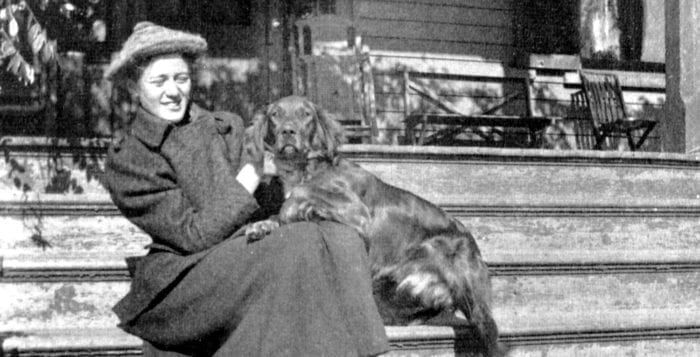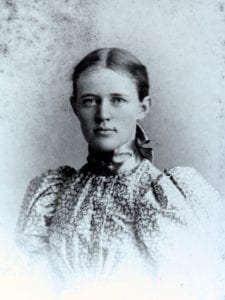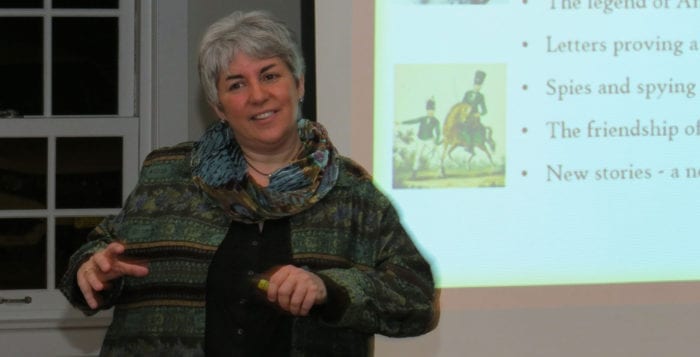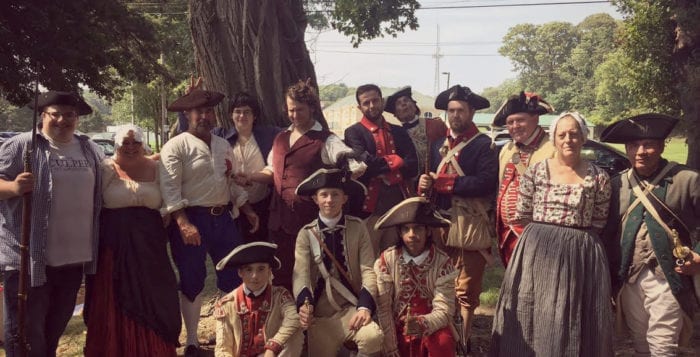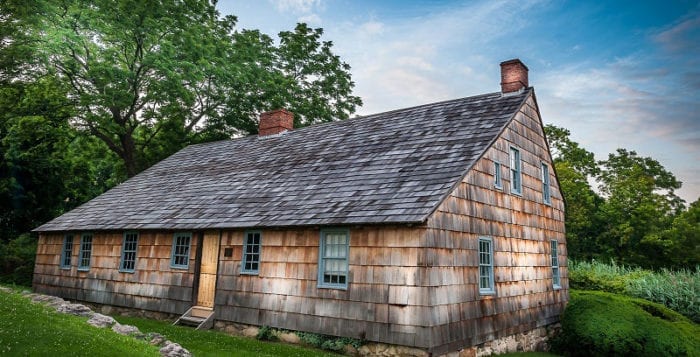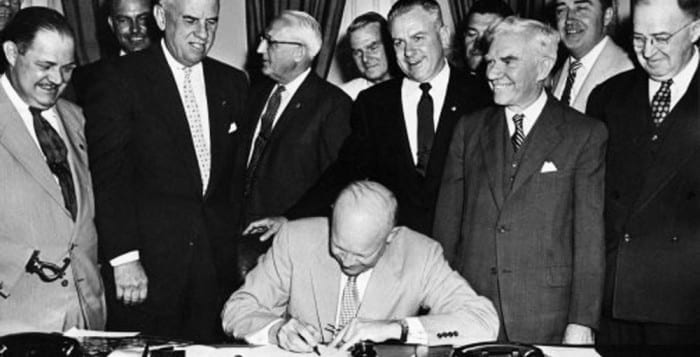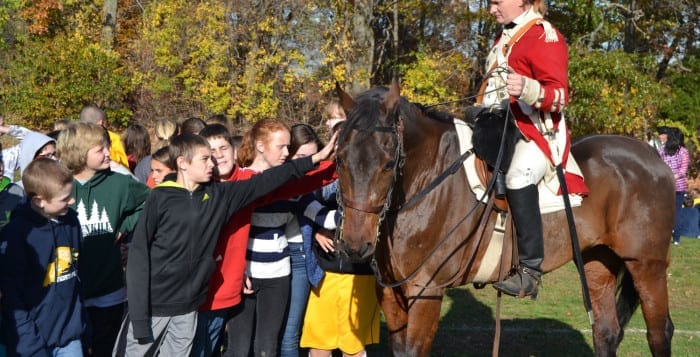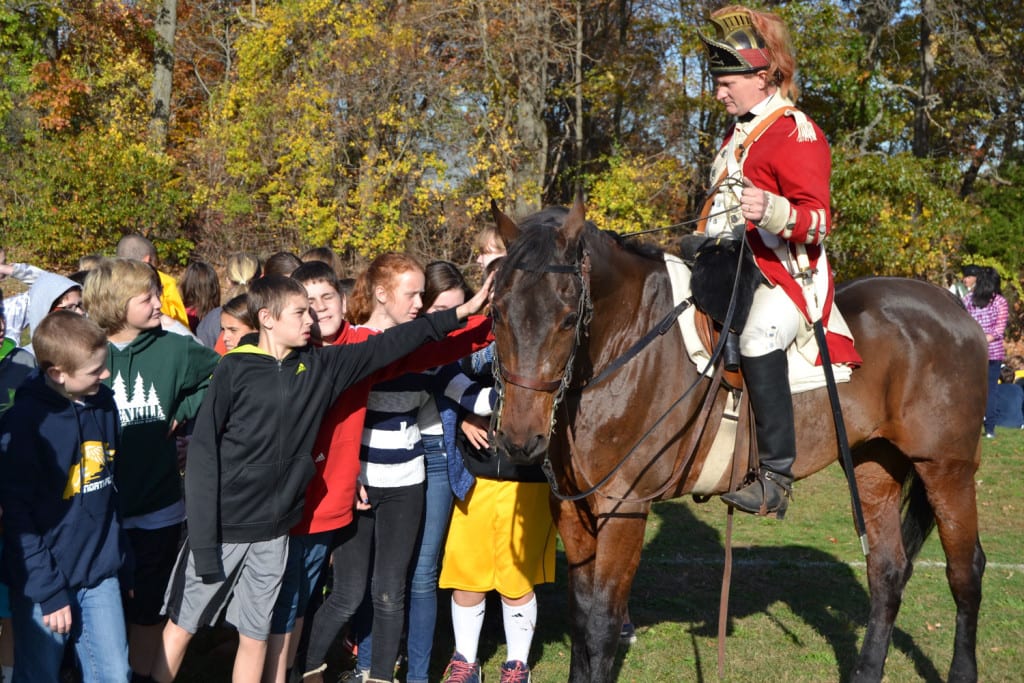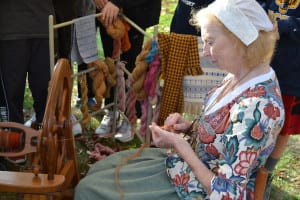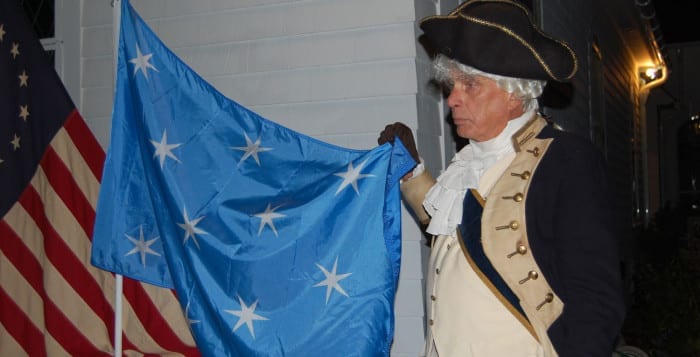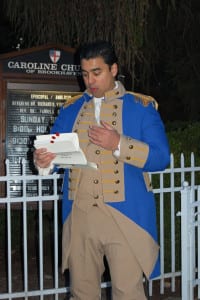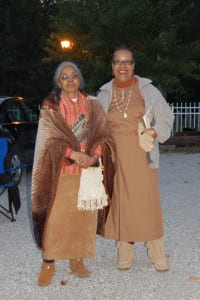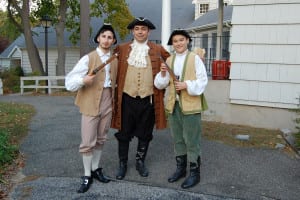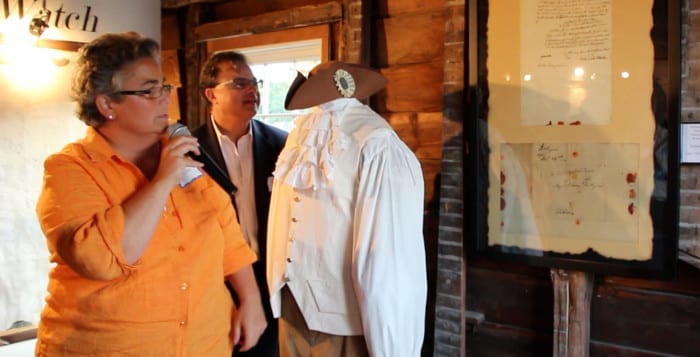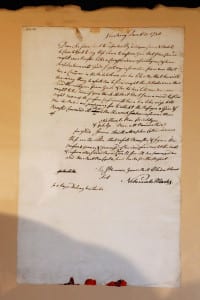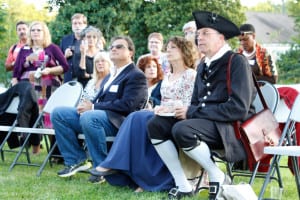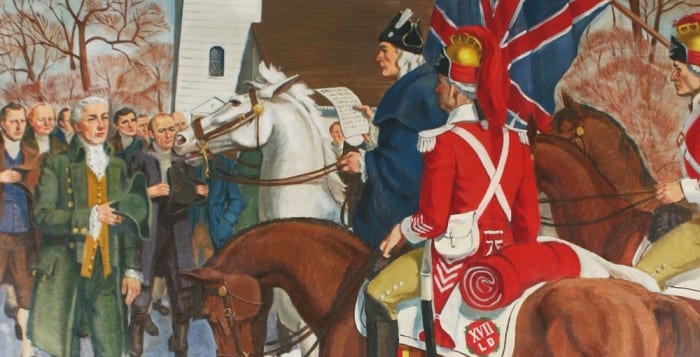These days, with the chaos in politics, it is no wonder that many people are showing a renewed interest in our history and the goals of our Founding Fathers some 240 years ago that define who we want to be today. Many residents seem surprised by the significant role our Long Island area played in the Revolutionary War and are delighted to learn about the Culper Spy Ring that was centered in Setauket and led by Benjamin Tallmadge, a resident. “TURN: Washington’s Spies,” the AMC cable series now in its fourth and final year, has done much to popularize the spy story, speaking to our past.
All of which serves to bring history to the fore. This is a good result because history is part of the glue that defines a community and strengthens its roots. Since we at the newspaper believe this, we run regular columns by local historians telling our history, and we have now just finished a full-length film, “One Life to Give,” as I have previously mentioned, about how the Culper Spy Ring started. Its premiere is scheduled for Sept. 17.
Now there is more good news to make us proud of the place in which we live. In a refreshing show of bipartisanship, two of our congressmen, Democrat Tom Suozzi of Glen Cove and Lee Zeldin, Republican of Shirley, have introduced legislation in the House to bestow upon the George Washington Spy Trail national historic status.
The spy trail is essentially Route 25A, the road that was used by the spies during the war to travel behind enemy lines between Long Island and New York City, gaining vital intelligence about the British and their troop movements and strategy. Long Island was an occupied territory, the breadbasket of food and supplies for the British, who were headquartered in New York City. All along the trail’s about 50-mile route was the high-wire danger for the spies of being discovered and hung. Indeed, the British trapped Nathan Hale, whose purported last words were about his one regret being that he had but one life to give for his country.
Washington well knew the enormous debt he owed to the spies, and to honor them he traveled in an elegant coach along the 25A route after the war in slow, celebratory fashion from Great Neck to Port Jefferson — then known as Drowned Meadow — staying at the inn owned by one of the spies, Austin Roe of Setauket.
But at that time the purpose of his trip was known only to the tiny band of spies. Spies were then thought of as lowly deceivers by the people and not at all cloaked in the glamour of James Bond.
So these courageous, remarkable men — and women, like Anna Strong — took their secret to their graves for fear of being ostracized by their countrymen. And Washington kept their secret. Only in the middle of the last century were papers discovered by historians that revealed the bravery of the Culper Spies. Today, there are original letters written by Washington to the spies, with an addition on one by Benjamin Tallmadge, that can be viewed at the library of Stony Brook University. They were bought by Old Field resident Henry Laufer and donated to the university for that purpose.
The spy trail is the result of an intense effort over some 20 years by Gloria Rocchio of Stony Brook and the North Shore Promotion Alliance to bring awareness of this historic road and its role in American history. A total of 26 signs, which they secured and installed, depict Washington’s coach and line his route.
A national historic designation, under the auspices of the National Park Service, would not only honor these heroes but also perhaps bring federal grant money, and not insignificantly promote tourism to help our economy.
So the Culper Spies live on and continue to serve.

